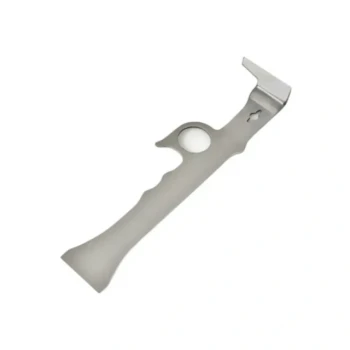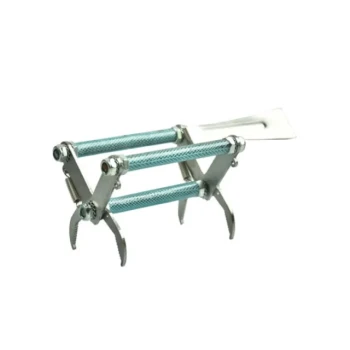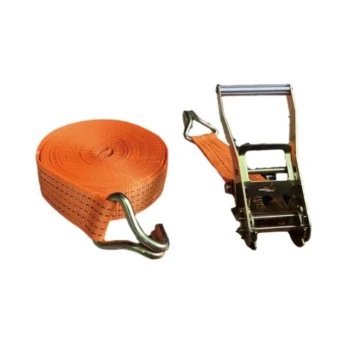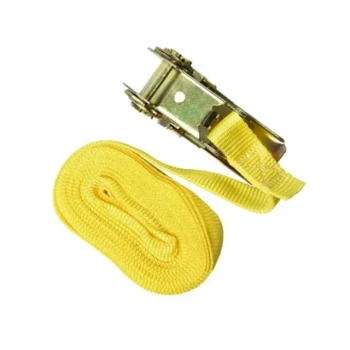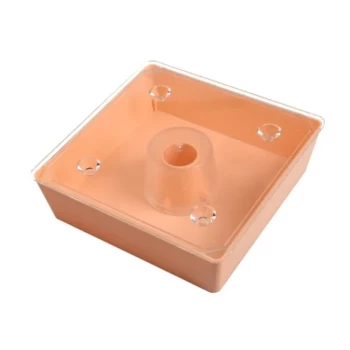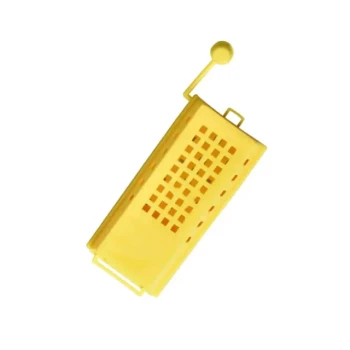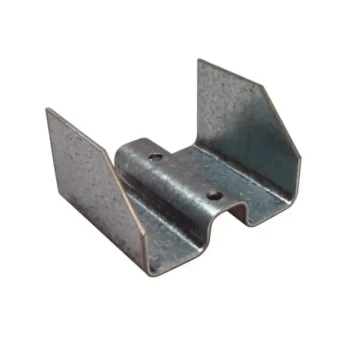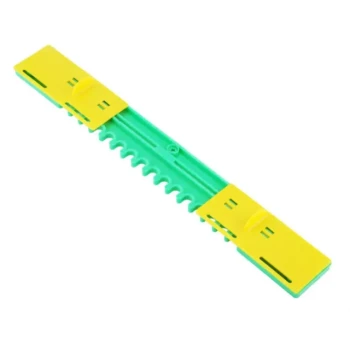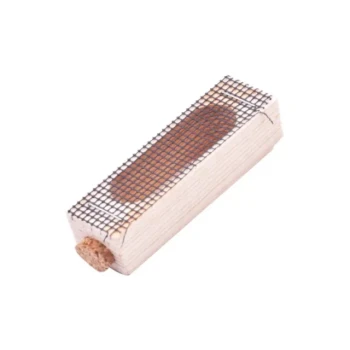Relocating beehives—even short distances—requires careful planning to minimize colony disruption. Bees rely on precise navigation systems, and sudden moves can disorient foragers, reduce honey production, and even trigger colony stress. This guide combines biological insights with practical steps to ensure your hives adapt smoothly to their new location.
Understanding Bee Navigation Mechanics
How Bees Use Sun Position and Landmarks for Orientation
Bees navigate using a combination of solar cues and visual landmarks. Research shows they memorize flight paths relative to the sun’s position and rely on patterns like tree lines or buildings. When relocated abruptly, foragers struggle to reconcile old mental maps with new surroundings, leading to lost bees and inefficient foraging.
The Impact of Sudden Displacement on Foraging Efficiency
Abrupt moves disrupt the colony’s foraging rhythm. Disoriented bees may spend hours—or even days—readjusting, temporarily reducing pollen collection by up to half. Gradual relocation helps them incrementally update their navigation data, preserving productivity.
Key Takeaway: Mimic natural foraging behavior by allowing bees to gradually recalibrate their flight paths.
Executing a Gradual Relocation Strategy
Daily Distance Thresholds and Environmental Considerations
- Short Moves (Under 3 feet/day): Ideal for minimizing confusion. Shift the hive incrementally over several days.
- Environmental Matching: Choose a new site with similar sun exposure, wind protection, and proximity to floral resources. Avoid areas prone to flooding or excessive heat.
Using Pheromone Trails to Reinforce New Hive Location Memory
Bees deposit pheromones to mark safe routes. To accelerate adaptation:
- Place familiar objects (e.g., branches or rocks) near the new hive entrance.
- Avoid cleaning the hive exterior for a few days post-move; residual pheromones help foragers identify home.
Pro Tip: Relocate hives during late afternoon or evening when most bees are inside, reducing stragglers.
Ensuring Long-Term Relocation Success
Behavioral Indicators of Successful Adaptation
Monitor these signs of healthy adjustment:
- Consistent Foraging Activity: Bees returning with pollen within 24–48 hours.
- Normal Hive Sounds: Steady buzzing indicates calm, settled colonies.
- No Bee Piles: Clusters outside the hive suggest orientation failures.
Post-Move Monitoring Tools for Colony Health
- Inspection Frequency: Check hives daily for the first week, then weekly.
- Food Reserves: Ensure adequate honey stores if natural forage is scarce.
- Pest Checks: Stress can attract mites or hive beetles; stay vigilant.
Did You Know? Bees can take up to two weeks to fully acclimate to a new site. Patience and observation are critical.
Keep Your Colonies Thriving with HONESTBEE
Relocating hives is just one aspect of sustainable beekeeping. Equip your apiary with HONESTBEE’s durable, wholesale-priced supplies—from ventilated hive covers to precision monitoring tools—designed to support commercial beekeepers and distributors in maintaining healthy, productive colonies.
Ready to optimize your beekeeping operations? Explore HONESTBEE’s equipment tailored for large-scale apiary success.
Visual Guide
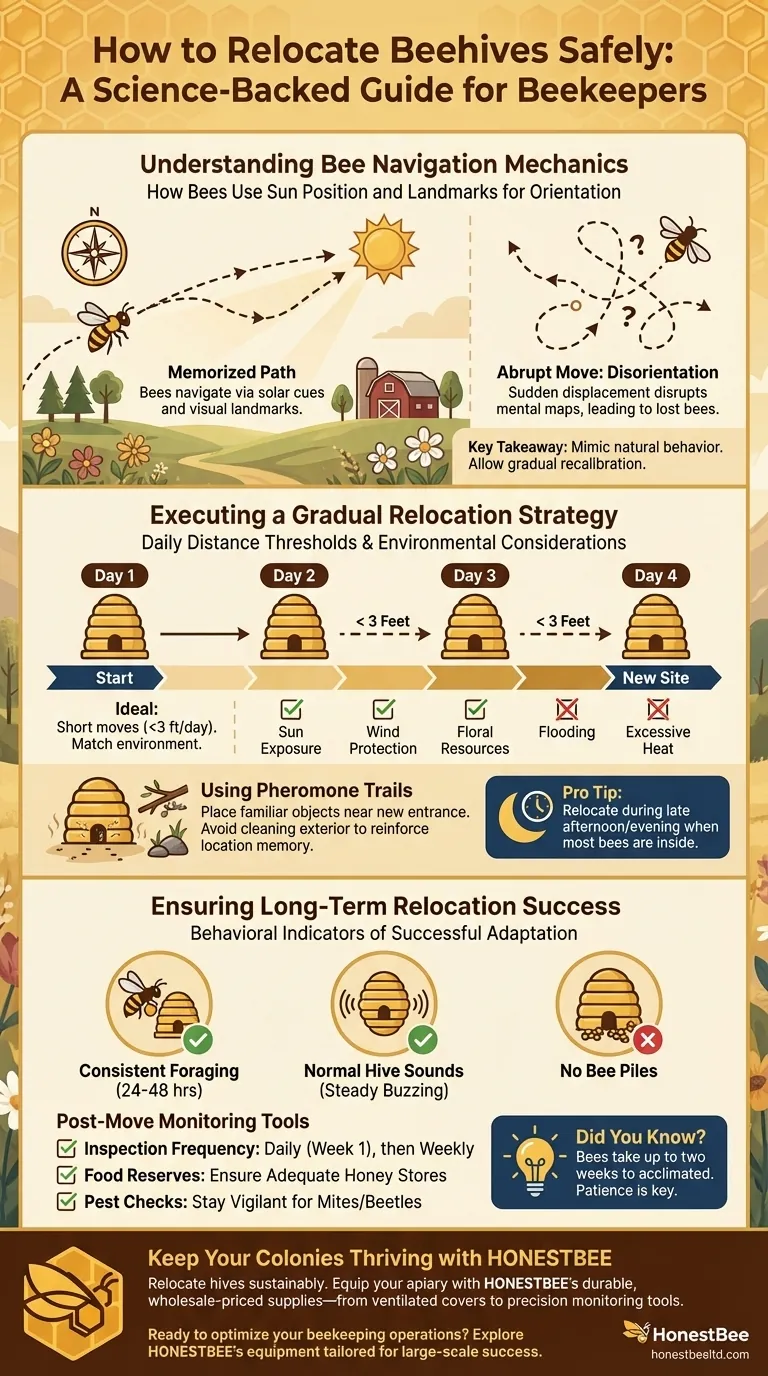
Related Products
- HONESTBEE Premium Italian Style Hive Tool with Hardwood Handle
- HONESTBEE Advanced Ergonomic Stainless Steel Hive Tool for Beekeeping
- Wholesales Dadant Size Wooden Bee Hives for Beekeeping
- Versatile Ratchet Hive Strap with S-Hooks for Secure Fastening
- Professional Galvanized Hive Strap with Secure Locking Buckle for Beekeeping
Related Articles
- How Bee Space Dictates Hive Success: Science-Backed Management Strategies
- How to Choose the Right Hive Tool for Your Beekeeping Needs
- More Than Steel: How a Simple Hive Tool Dictates the Success of an Apiary
- The Essential Guide to Hive Tools in Modern Beekeeping
- The Tipping Point: Managing the Psychology of a Beehive to Prevent Swarming


